
“To tolerate existence, we lie, and we lie above all to ourselves,” Elena Ferrante observed in a 2002 interview. “Falsehoods protect us, mitigate suffering, allow us to avoid the terrifying moment of serious reflection, they dilute the horrors of our time, they even save us from ourselves.” For Ferrante, the falsehoods that people tell one another and themselves in everyday life— I am happy; I love my wife; I didn’t know what I was doing—are “lovely tales,” or “petty lies.” At moments when guilt and shame threaten our conscience, when they shake our deepest beliefs about who we are, petty lies stop us from looking too closely at ourselves.
Literary fiction is also a lie, according to Ferrante, but a lie that is “made purposely to always tell the truth.” The lies that fiction tells—once upon a time a person said and did this and that—are unmotivated by self-interest. Fiction is an illusion that tinkers with our sense of reality to lay bare the price we pay for our petty lies: Fiction shows us that narcissism and self-doubt impel us to hurt others; that we are quick to betray people who trust us; that love can be more destructive than hate. Central to Ferrante’s theory of fiction as an act of truth-telling is her conviction that the truth dawns more radiantly when glimpsed through the veil of fiction’s lies.
هذه القصة مأخوذة من طبعة September 2020 من The Atlantic.
ابدأ النسخة التجريبية المجانية من Magzter GOLD لمدة 7 أيام للوصول إلى آلاف القصص المتميزة المنسقة وأكثر من 9,000 مجلة وصحيفة.
بالفعل مشترك ? تسجيل الدخول
هذه القصة مأخوذة من طبعة September 2020 من The Atlantic.
ابدأ النسخة التجريبية المجانية من Magzter GOLD لمدة 7 أيام للوصول إلى آلاف القصص المتميزة المنسقة وأكثر من 9,000 مجلة وصحيفة.
بالفعل مشترك? تسجيل الدخول
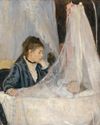
The Dark Origins of Impressionism
How the violence and deprivation of war inspired light-filled masterpieces
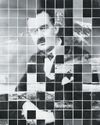
The Magic Mountain Saved My Life
When I was young and adrift, Thomas Manns novel gave me a sense of purpose. Today, its vision is startlingly relevant.
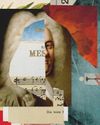
The Weirdest Hit in History
How Handel's Messiah became Western music's first classic

Culture Critics
Nick Cave Wants to Be Good \"I was just a nasty little guy.\"

ONE FOR THE ROAD
What I ate growing up with the Grateful Dead

Teaching Lucy
She was a superstar of American education. Then she was blamed for the country's literacy crisis. Can Lucy Calkins reclaim her good name?
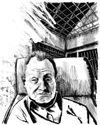
A BOXER ON DEATH ROW
Iwao Hakamada spent an unprecedented five decades awaiting execution. Each day he woke up unsure whether it would be his last.
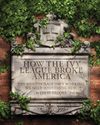
HOW THE IVY LEAGUE BROKE AMERICA
THE MERITOCRACY ISN'T WORKING. WE NEED SOMETHING NEW.
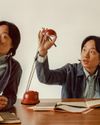
Against Type
How Jimmy O Yang became a main character

DISPATCHES
HOW TO BUILD A PALESTINIAN STATE There's still a way.